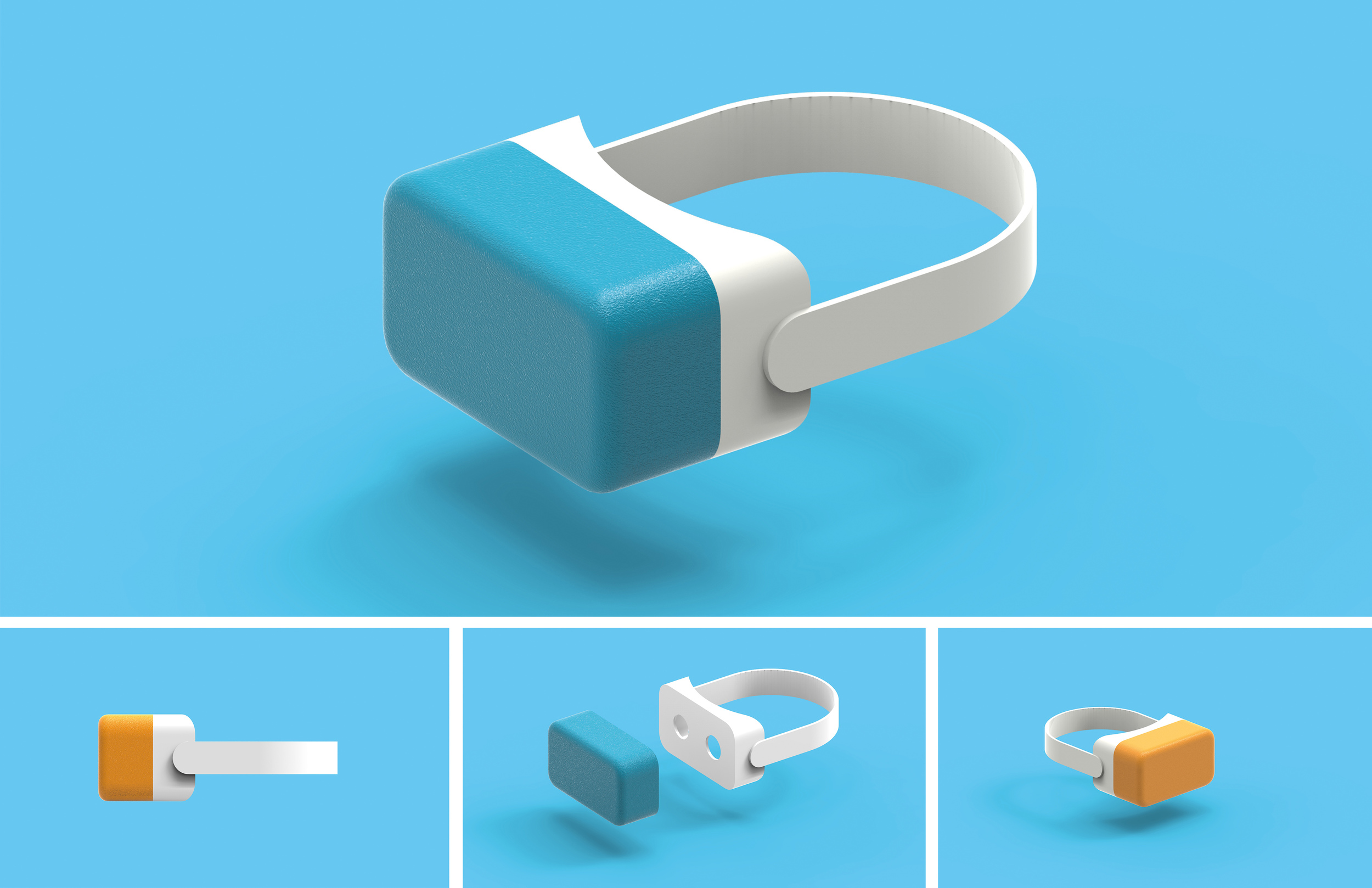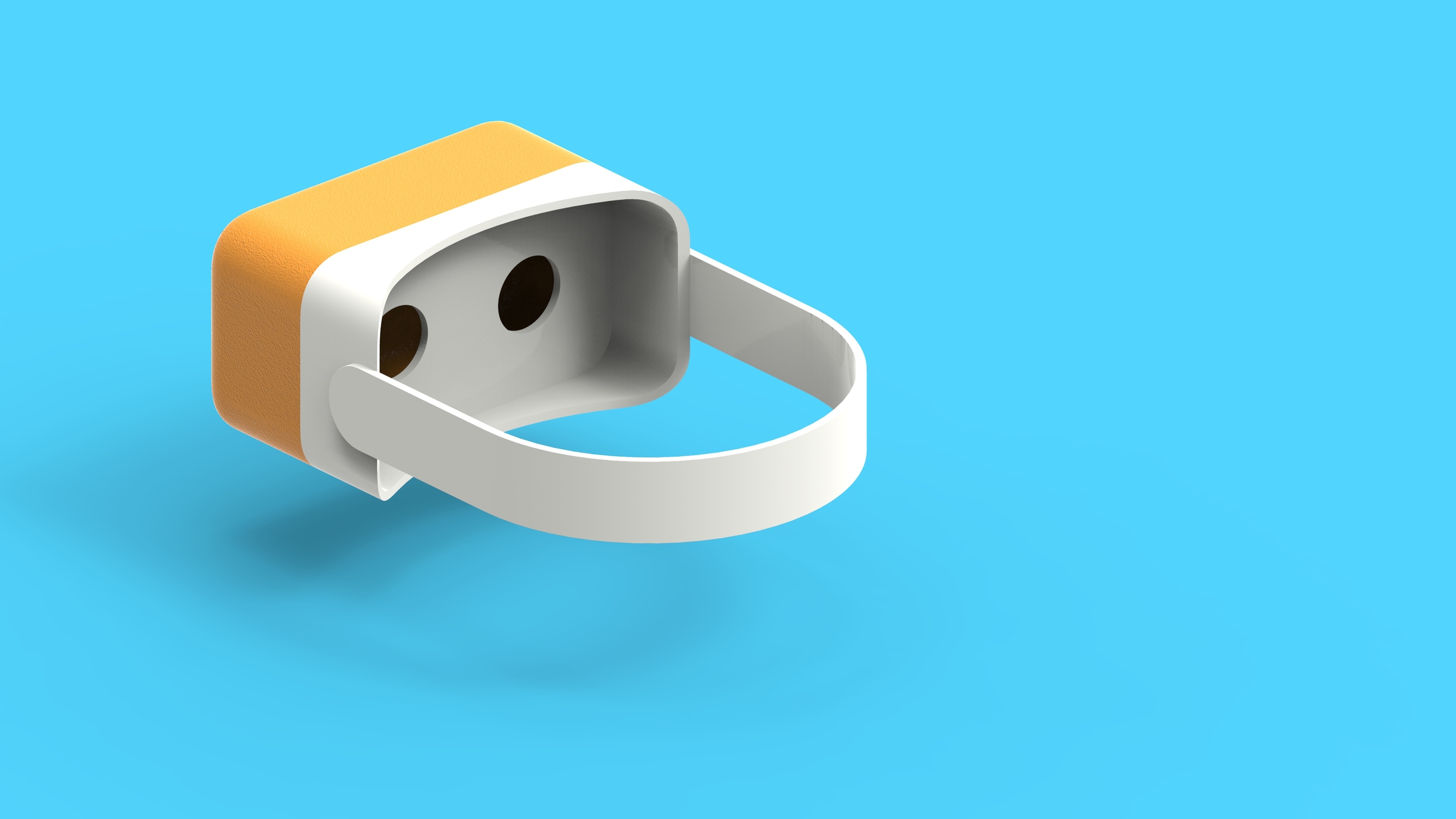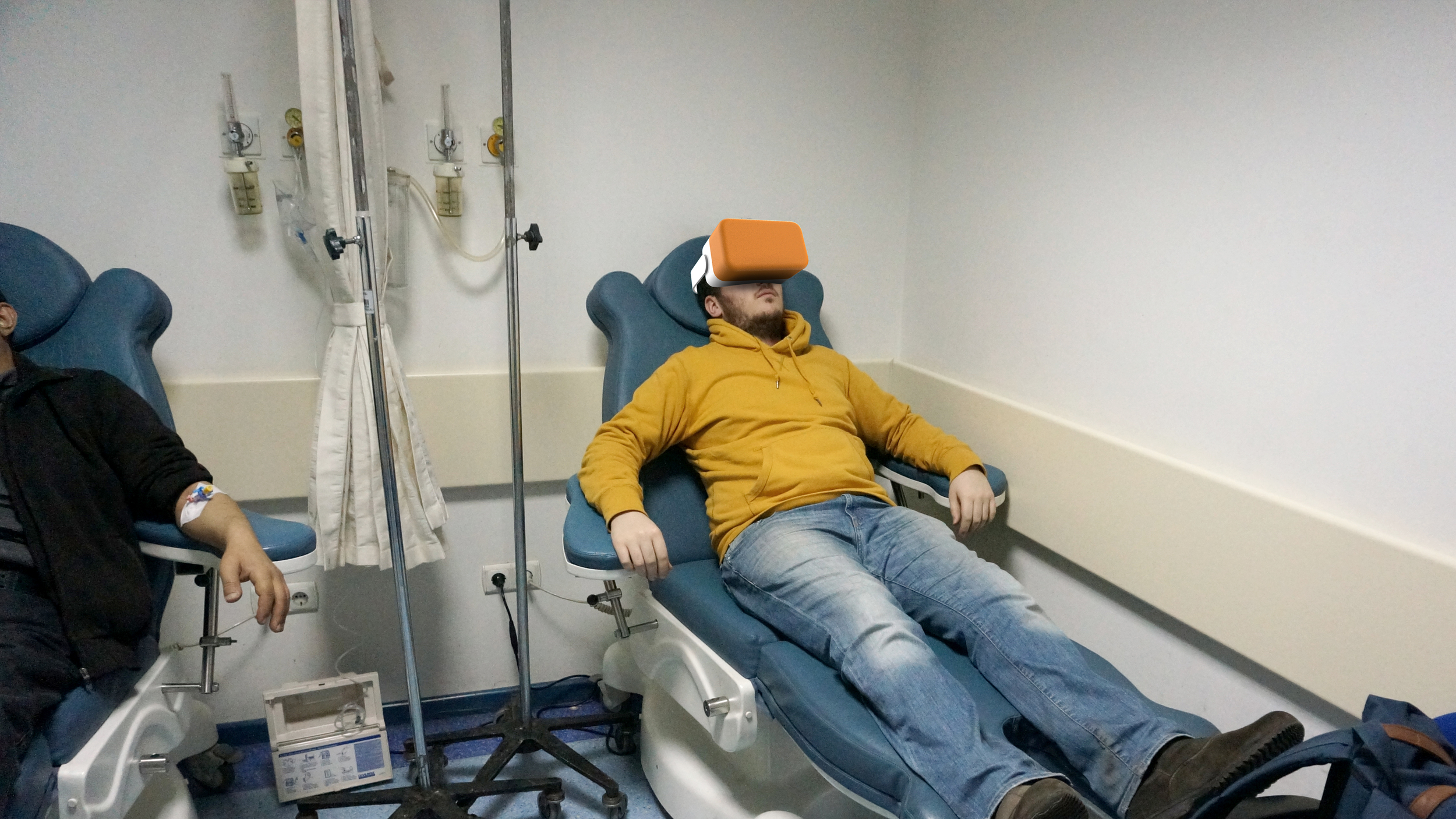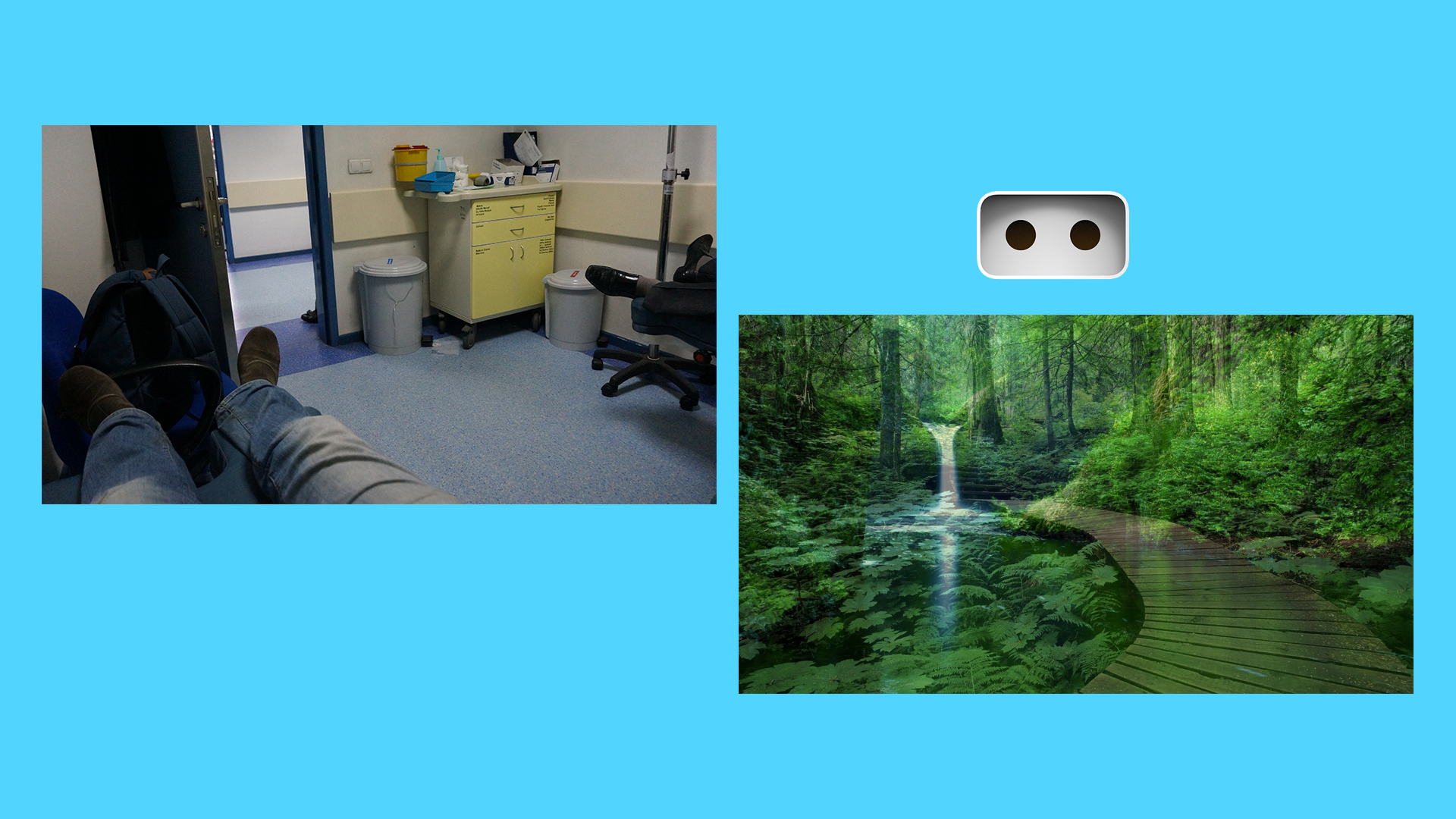Visualizing the Intentions
In previous weeks I made a continuum diagram to show my intentions with the direction of the thesis. My directions were: from "fixing" to "starting a conversation" from "assumption based" to "proven"; from "general healthcare" to "focused on life threatening diseases". Articulating the directions helped me to think strategically in order to take decisions about what to make for the following steps of the thesis.
After the continuum diagramming, I was challenged to represent my goals with making "something." Since I have been thinking about the chemotherapy experience and how to change it in a positive way, I wanted to visualize one my ideas, which would also give a sense about where I want to direct my journey.
Having observed oncology clinics and interviewed with patients who were receiving chemotherapy, I realized that there are some factors that causes stress and sadness. These factors are:
- Not having a distraction: Chemotherapy sessions take hours. If the patient doesn't have a distraction, it becomes really stressful to wait until the end of the session, because it is a bad time for self-reflection. Based on conversational interviews that I conducted with patients, self-reflection often evokes depressing thoughts.
- Depressing view: What most patients see during the chemotherapy is other patients. At first I thought this could be good for them because they could talk with each other and share their feelings, but according to my observations they don't talk to each other, they usually behave like introverts and keep quiet. Therefore, the view that they have (figure B) is fairly depressing.
Learning from the observations I wanted to create a headset that provides relaxing nature views during the chemo. Using this headset would help patients to leave their existing thoughts related to their fears.






